Intel CES 2020 Keynote Live Blog: Ice, Comets, and Tigers To Come
by Ryan Smith & Gavin Bonshor on January 6, 2020 6:50 PM EST- Posted in
- CPUs
- Intel
- Trade Shows
- Live Blog
- Ice Lake
- Comet Lake
- CES 2020
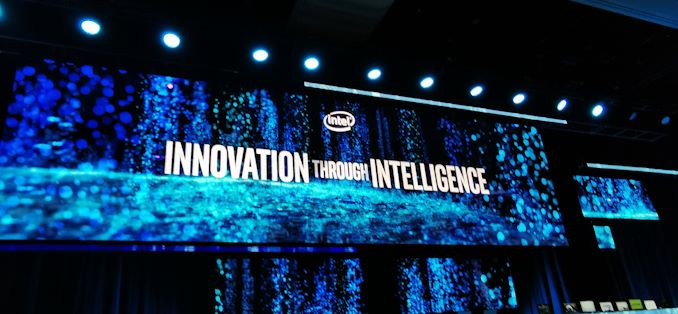
06:51PM EST - We're here at the Mandalay Bay Convention Center for Intel's CES 2020 keynote
06:51PM EST - Intel always makes their CES presentations exciting affairs, and we're expecting much the same this year.
06:51PM EST - However there is no escaping the big question that Intel must face: how do you keep products fresh and competitive when the company's 10nm fab plans have gone well off course?
06:58PM EST - As we wait for the keynote to start, it's interesting to note how much CES keynotes have changed in the last few years
06:59PM EST - The "prime" keynote, which Intel has delivered before, is gone
06:59PM EST - In its place are a number of official, corporate keynotes
07:00PM EST - These don't carry quite the same prestige as the "prime" keynote. But they're also mercifully shorter: most of them are just 45 minutes
07:01PM EST - As for Intel, they have already shown at least part of their hand for 2020, with last night's embargoed news: https://www.anandtech.com/show/15313/intel-at-ces-2020-45w-10th-gen-mobile-cpus-soon-tiger-lake-with-xe-graphics-later
07:01PM EST - 45W Comet Lake-H CPUs to bring more power to larger, desktop replacement laptops
07:02PM EST - And Tiger Lake farther down the line
07:02PM EST - Alright, here we go!
07:03PM EST - As is usually the case, Intel is starting things off by rolling a video
07:03PM EST - Focusing on "digital intelligence"
07:04PM EST - Now on stage: CEO Bob Swan
07:05PM EST - "Innovation through intelligence" and how Intel and its ecosystem partners can make this happen
07:06PM EST - "In 2019 there were 38B devices connected to the network"
07:07PM EST - This is expected to reach 56B in 2025
07:08PM EST - And with the growth of devices is growth in the amount of data produced. An exponential growth
07:10PM EST - And pretty much all of this data needs to be processed in some way to be useful
07:10PM EST - So systems are needed to process data, store that data, and move it around to other places
07:11PM EST - To get there, we'll need 5G networks, AI, and intelligent edge devices
07:12PM EST - These are not independent developments; each drives the other two
07:12PM EST - "How do we embed intellience into everything we make?"
07:13PM EST - Intel is investing in all 3 of these pillars to get there
07:14PM EST - Now on to transportation, and how computing can improve it
07:14PM EST - Recapping Intel's MobilEye acquisition
07:16PM EST - Playing a video showing a MobilEye car in action in Jerusalem (a very tricky place to drive)
07:17PM EST - Next example: applying intelligence in disaster relief
07:19PM EST - Rolling a video about working with the Red Cross to help digitize maps, based off satellite images
07:20PM EST - AI can do it in the fraction of a time as a human identifying and marking roads and bridges
07:21PM EST - Now on stage: Navin Shenoy, EVP and GM of the Data Platforms Group
07:22PM EST - Discussing the "data economy" and how it's transforming businesses
07:23PM EST - One only has to look as far as streaming, and what it did to both video rentals and internet traffic as a whole
07:24PM EST - Navin thinks video will be the killer app for years to come
07:24PM EST - Joining Navin on stage: Anne Aaron, Netflix's Director of Encoding Technologies
07:24PM EST - Both Netflix and Intel have been big supporters of the work-in-progress AV1 codec
07:26PM EST - Better codecs lead to better image quality at lower bitrates, improving the user experience
07:28PM EST - Intel and Netflix have SVT-AV1 ready for commercial deployment. Meaning AV1 streaming to customers is going to happen this year
07:28PM EST - Moving on to Intel's neural network processing hardware
07:29PM EST - The Nervana NNP-I inference accelerator is launching this year
07:30PM EST - Meanwhile Intel has also acquired Habana, and will be usiong their tech in new ways as well
07:30PM EST - "More AI technology runs on Xeon than any other platform"
07:30PM EST - Recapping Intel Deep Learning Boost
07:31PM EST - The 2nd gen Xeon scalable is the fastest ramping Xeon in Intel's history
07:31PM EST - And the 3rd gen Xeon, due this year, will provide even more performance
07:32PM EST - Shifting gears to athlete tracking: 3DAT
07:33PM EST - Intel is preparing the tech for the 2020 Summer Olympics
07:33PM EST - Now on stage: Ashton Eaton, 2x Olympic Decathlon gold medalist
07:35PM EST - He's an Intel employee too
07:35PM EST - The US Olympic Team is using 3DAT to analyze their performance
07:38PM EST - Now on stage: James Carwana, VP and GM, Intel Sports
07:39PM EST - Discussing how technology has changed how content and information are delivered to viewers
07:39PM EST - Starting, of course, with Intel's volumetric video technology
07:40PM EST - Intel has continued to iterate on the technology, improving speed and quality
07:41PM EST - The goal is to do it all in real time, and to do it with a high degree of quality
07:41PM EST - Right now Intel is half-way there: 30fps with a medium degree of quality
07:42PM EST - The raw cameras produce 67GB/sec of data
07:44PM EST - Demoing recent work in volumetric video in football
07:45PM EST - It's quite competent, but there are still artifacts
07:45PM EST - Intel needs 6x more computing power, along with better camera resolutions, to reach its goals
07:45PM EST - Now on stage: Gregory Bryamt, EVP and GM of the client computing group
07:47PM EST - Rolling a quick promo video
07:47PM EST - "Advancing PC experiences from the inside out"
07:47PM EST - Recapping Intel's Project Athena
07:48PM EST - Intel has now verified 25 Project Athena devices
07:48PM EST - Both consumer and commercial devices
07:50PM EST - Quickly showing off a couple of examples, such as the Acer Swift 3 and HP Elite Dragonfly
07:50PM EST - ~50 new Athena devices planned for 2020
07:51PM EST - Intel is partnering with Google for Athena Chromebooks as well
07:51PM EST - The first one is the ASUS FlipBook, as well as the Samsung Galaxy Chromebook
07:51PM EST - These are very high end Chromebooks, to say the least
07:52PM EST - "Where do we go from here?"
07:52PM EST - Highlighting connectivty and form factor
07:52PM EST - Intel is going to extend 5G support into PCs, as part of their new MediaTek partnership
07:52PM EST - Samples to customers in Q3 of this year
07:53PM EST - Intel has released a new Athena specification for dual screen devices
07:53PM EST - Now on stage: Christian Teismann, President of Commercial PC and Smart Device Business for Lenovo
07:54PM EST - Announcing the first foldable PC
07:54PM EST - A "full performance" device based on Intel Core hybrid technology
07:55PM EST - Able to use it as a single large tablet or a smaller dual screen tablet
07:55PM EST - ThinkPad X1 Fold
07:56PM EST - Now showing off a Dell prototype
07:57PM EST - Folds like a clamshell laptop
07:57PM EST - Concept platform name: "Horseshoe Bend"
07:58PM EST - Showing off an even larger (17-inch) foldable
07:58PM EST - Showing off dual screen and full screen modes
07:59PM EST - One of these would make a really good monitor for portable system testing...
07:59PM EST - Shifting gears to Ice Lake and AI
08:00PM EST - Now on stage: Jason Levine, Principal Worldwide Evangelist for Adobe
08:02PM EST - Demoing, among other things, using AI techniques to quickly remove image backgrounds in Photoshop
08:04PM EST - And demoing Premiere auto reframe, very intensely
08:04PM EST - Now on to chips
08:05PM EST - Intel's next Core based-processors: Tiger Lake
08:05PM EST - Rolling a promo video
08:05PM EST - Intel Xe graphics, Thunderbolt 4, Wi-Fi 6
08:06PM EST - Gregory has a Tiger Lake chip and a sample board in his hand
08:06PM EST - Tiger Lake was also in the Horseshoe Bend prototype
08:06PM EST - "Tiger Lake: Mobility Redefined"
08:07PM EST - Now on stage; Lisa Pearce, VP of Intel Architecture, Graphics
08:07PM EST - Tiger Lake is "One of the first products with our Xe graphics architecture"
08:08PM EST - Demoing a thin and light Quanta system running Tiger Lake for gaming
08:09PM EST - Also demoing AI acceleration for image processing
08:09PM EST - Double digit performance gen-on-gen
08:09PM EST - 10nm+ CPU core architecture, coming this year
08:10PM EST - Lisa is also announcing that Intel's DG1 discrete GPU is up and running
08:10PM EST - First Discrete GPU for the client
08:10PM EST - Quickly showing it up and running a game as a demo
08:11PM EST - And that's a wrap. Thanks for joining us


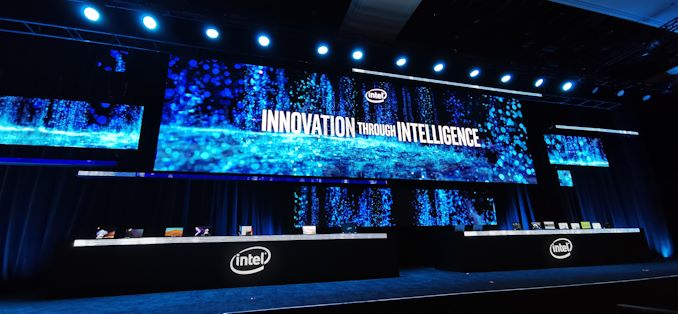
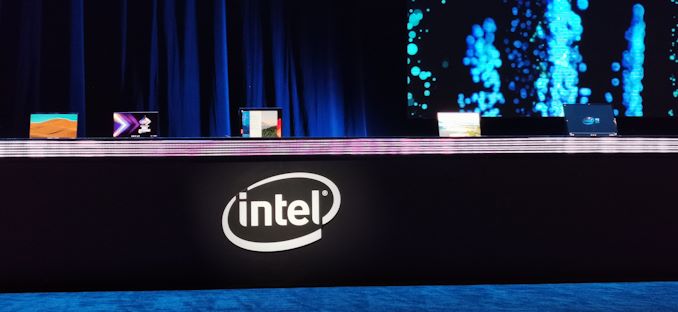
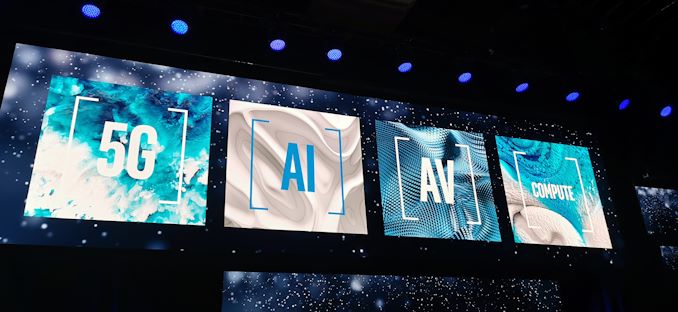
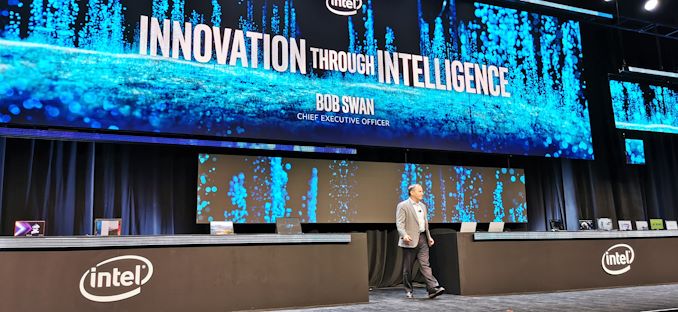
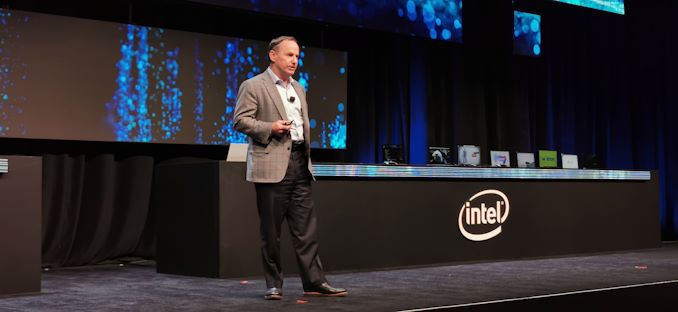
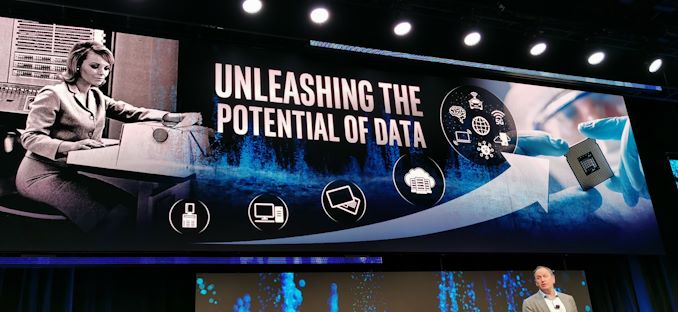
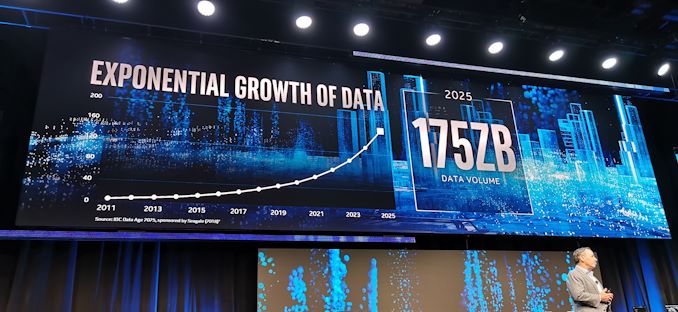

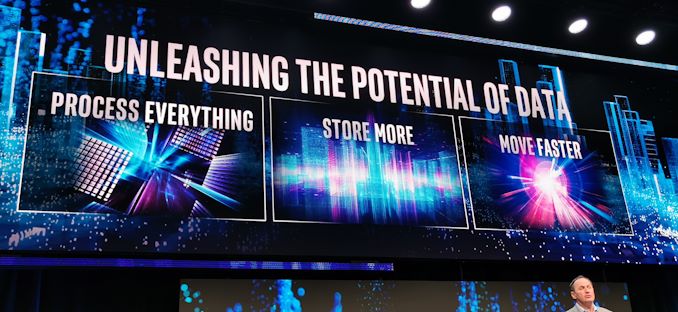
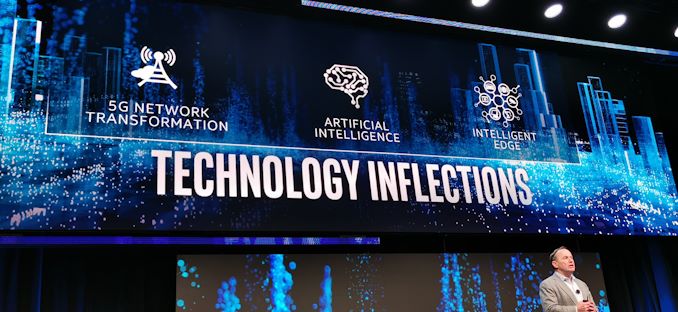
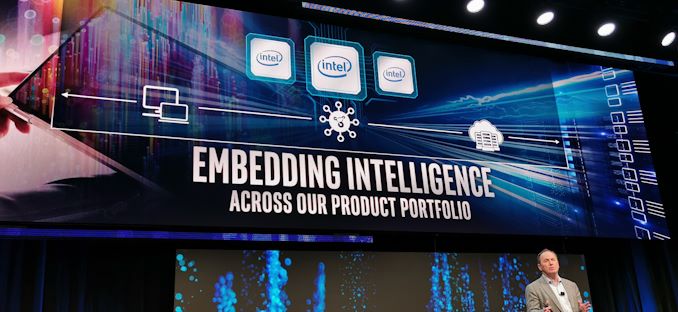
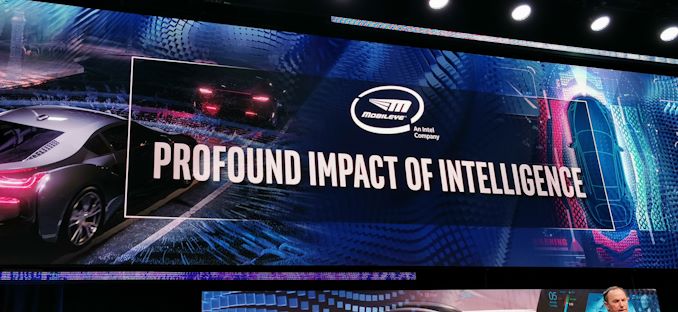
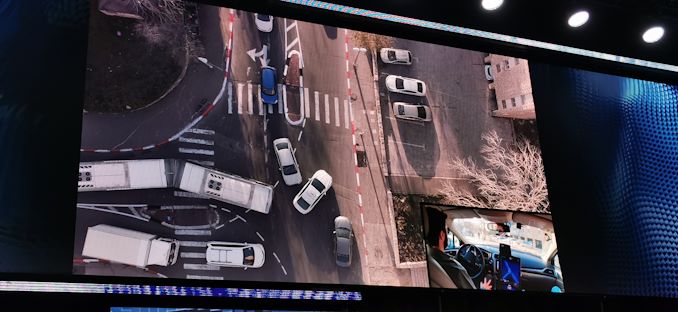
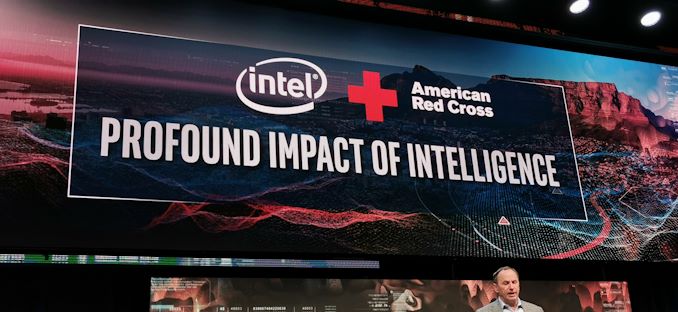
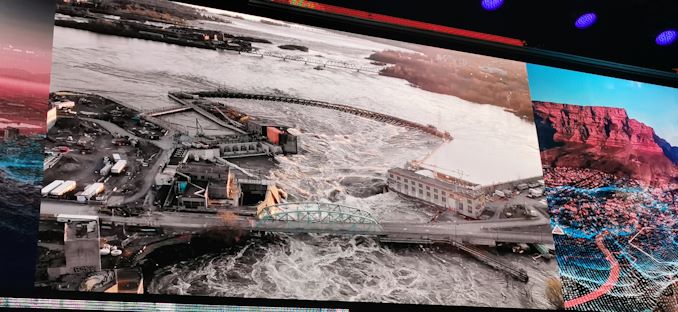
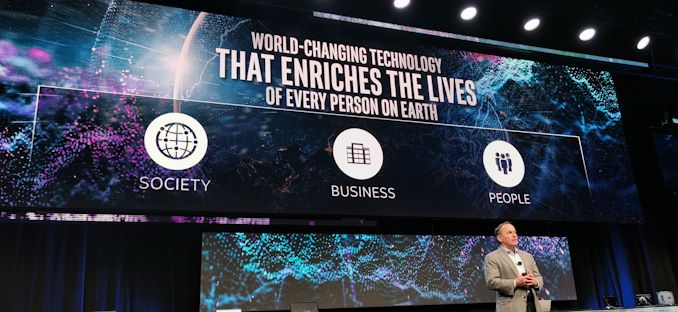
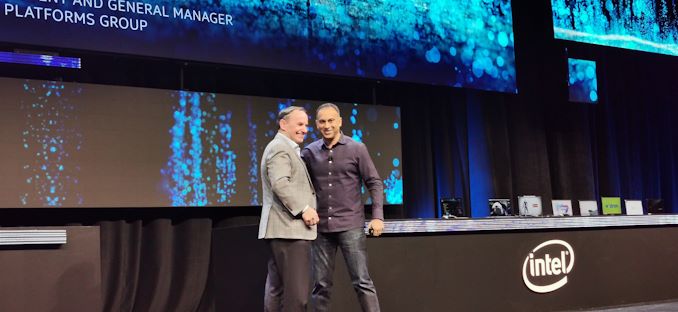
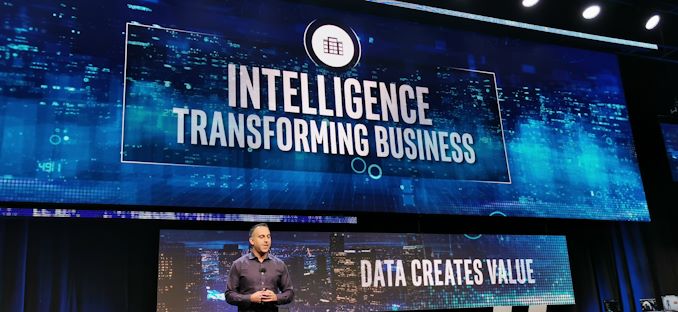
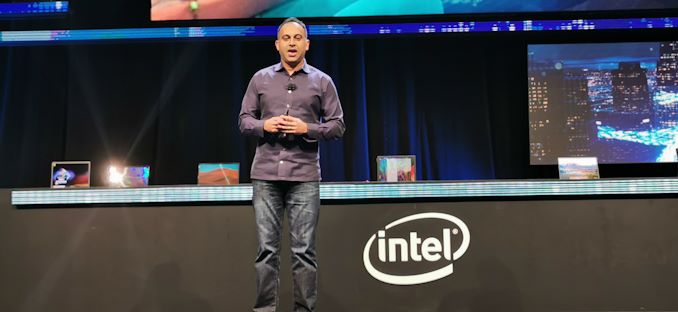

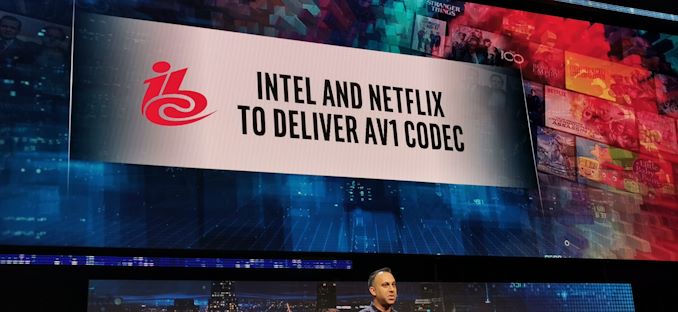
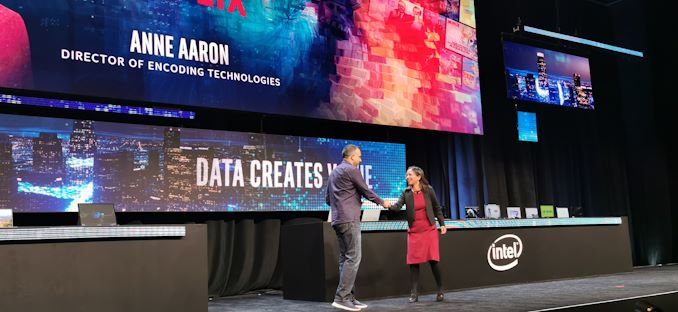

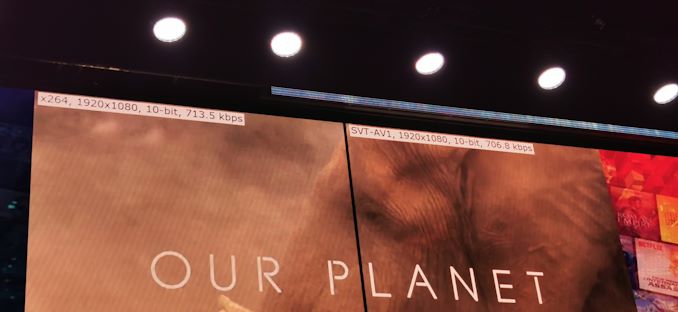
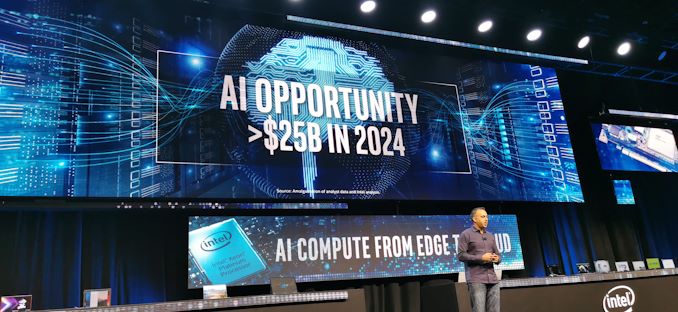
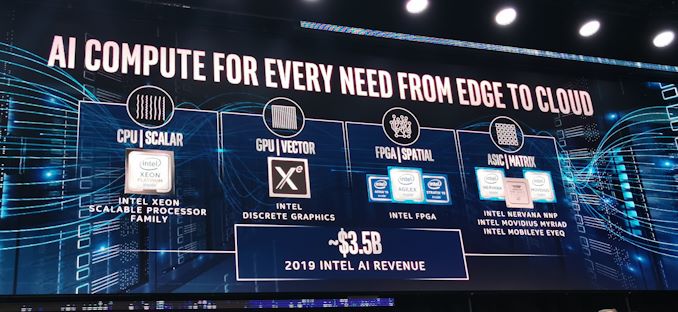
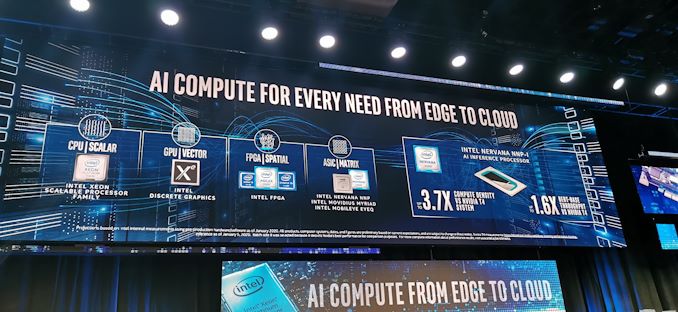
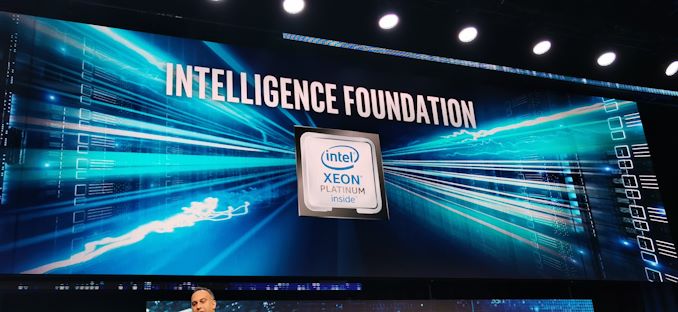
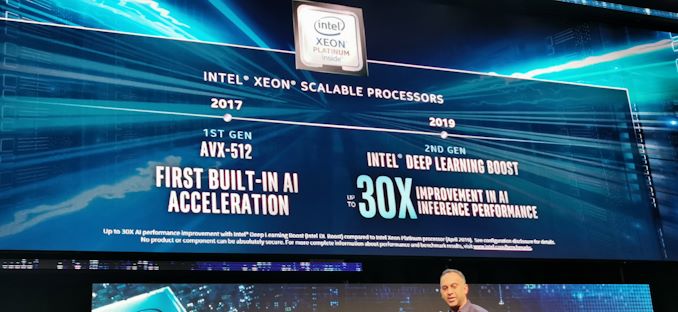
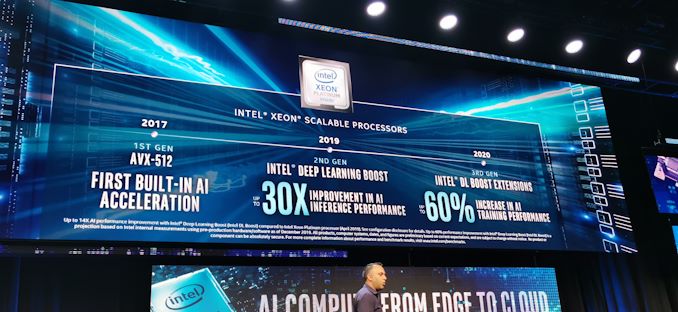

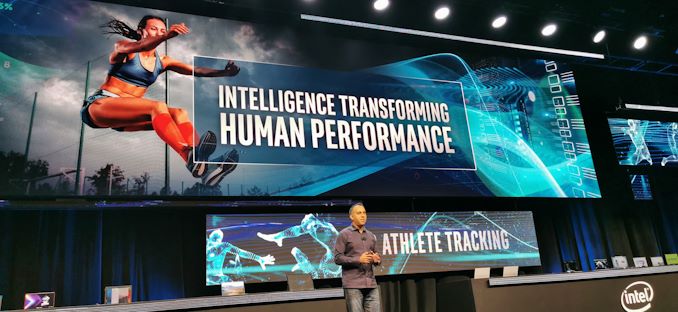
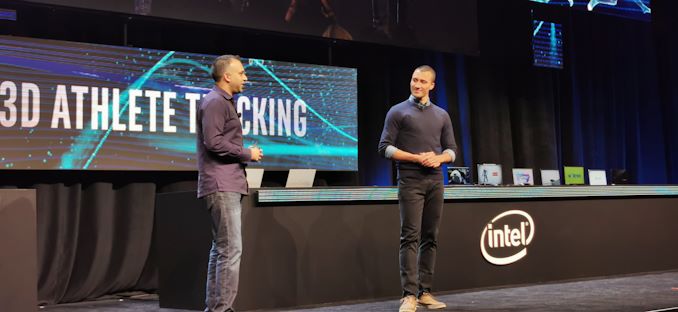
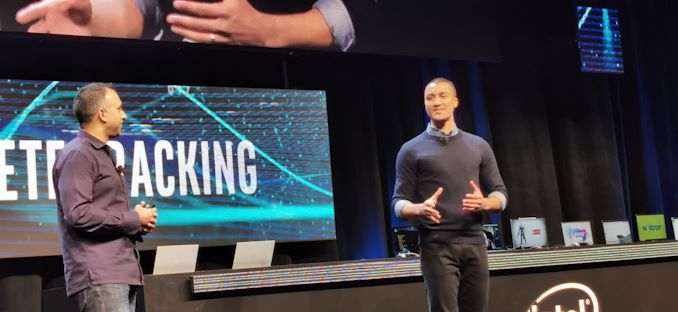
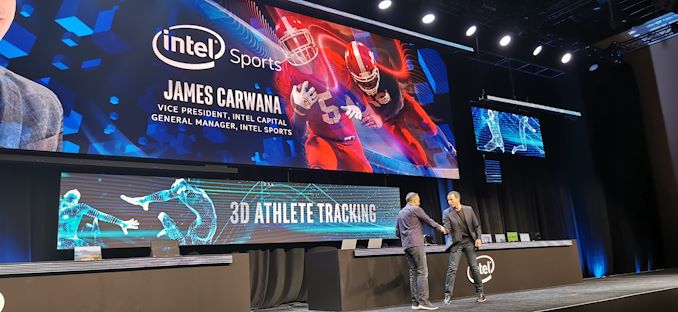
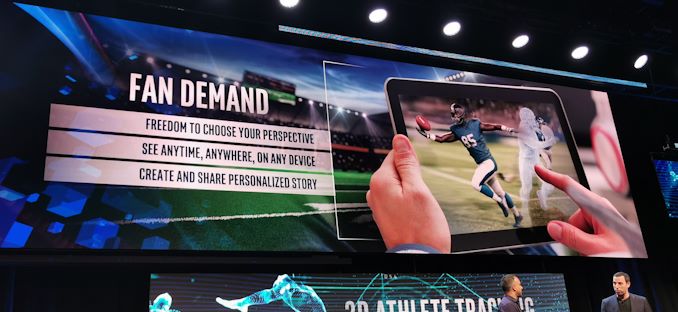
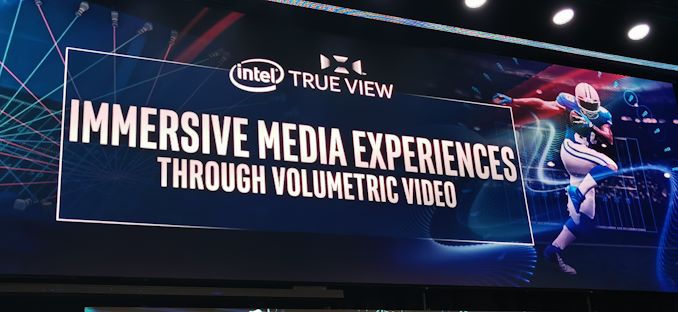
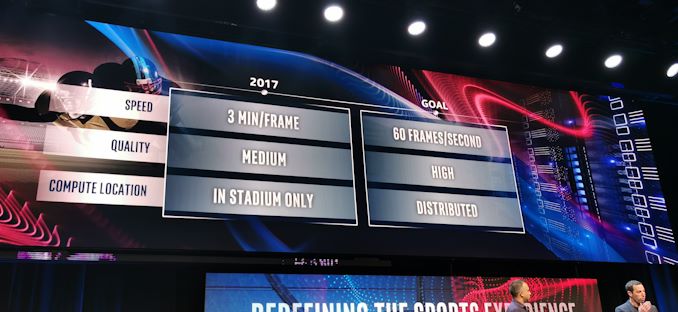
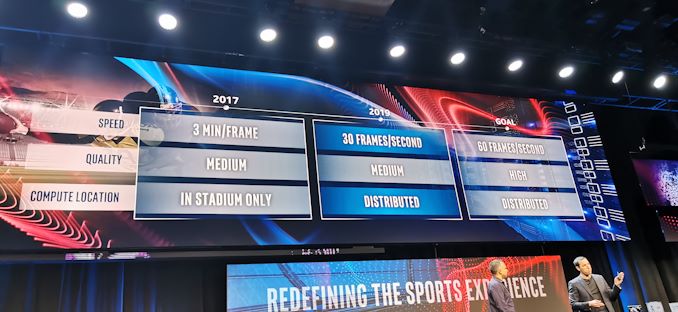
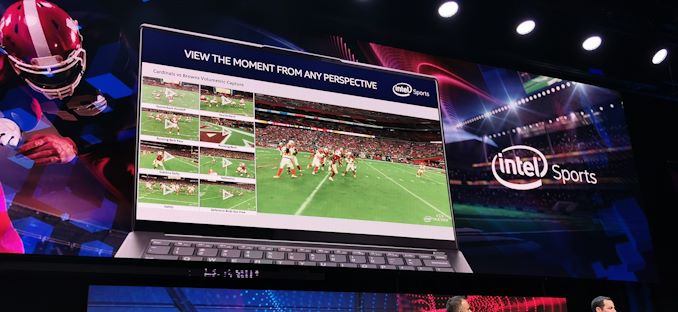
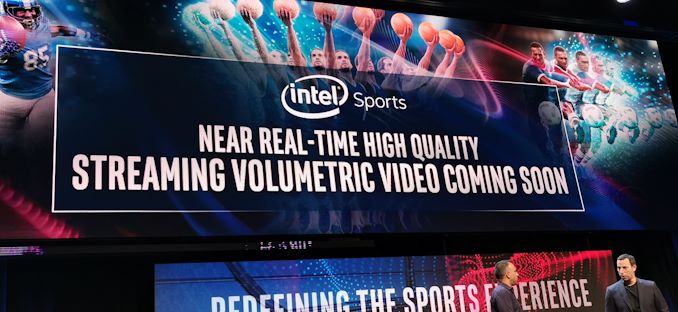
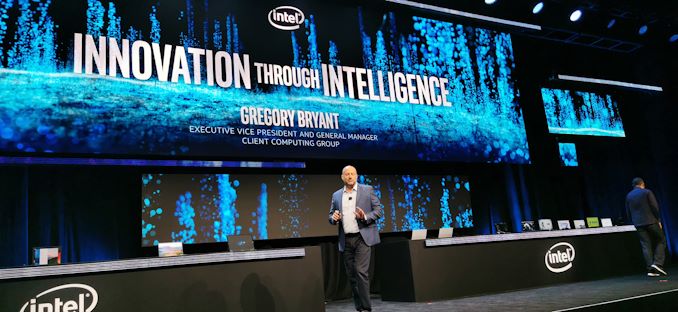
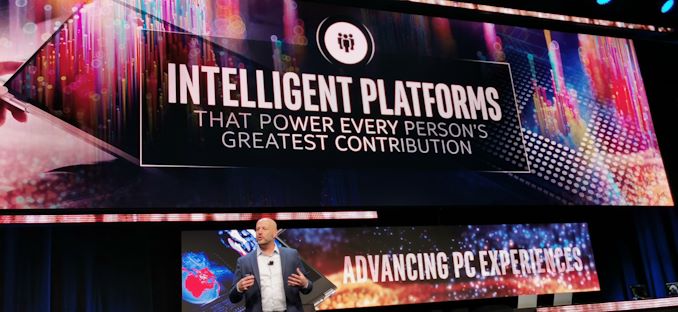

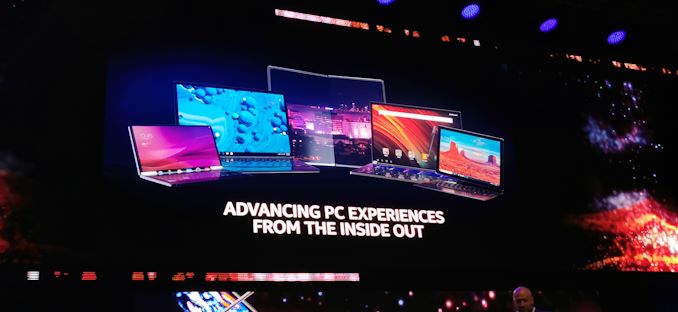
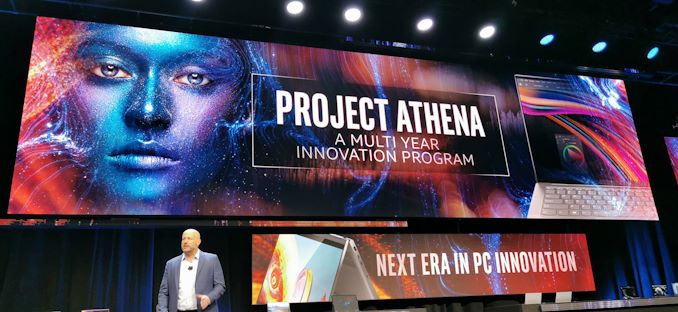
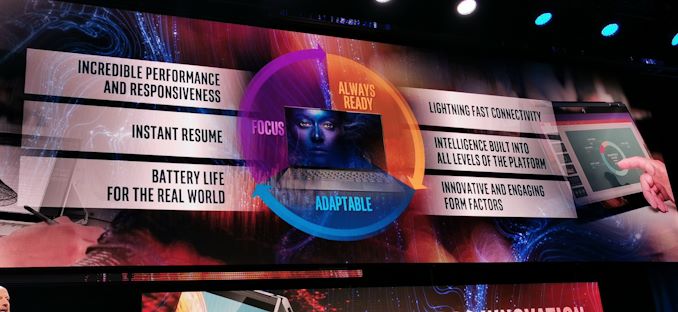
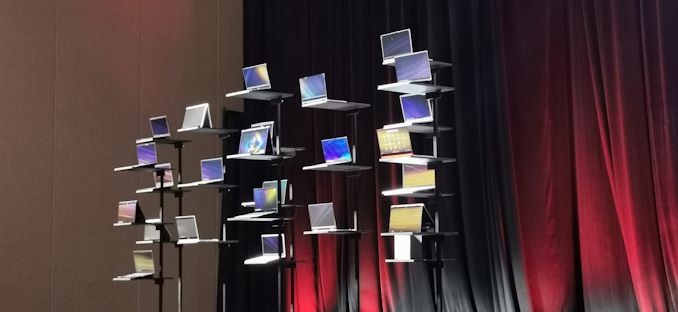
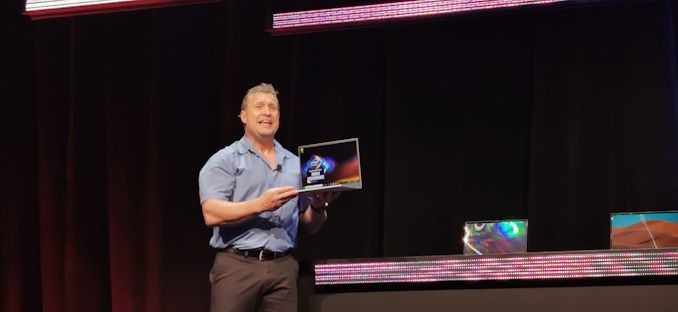
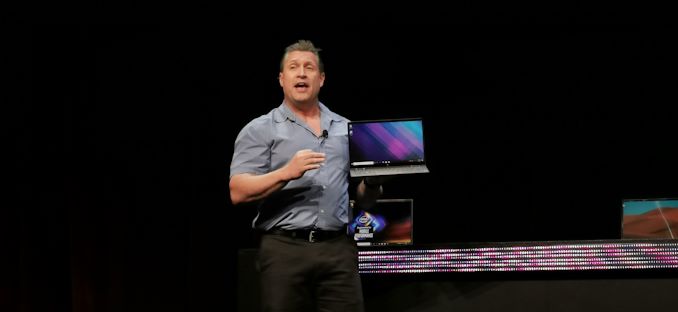
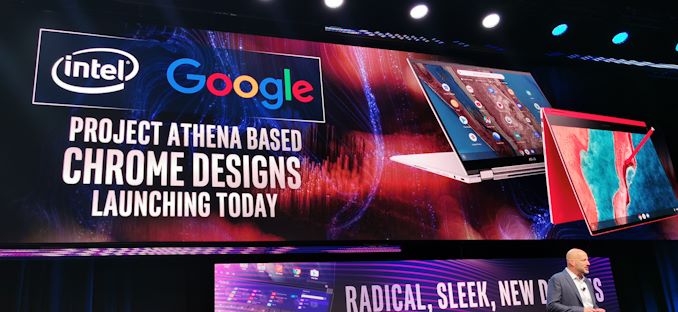

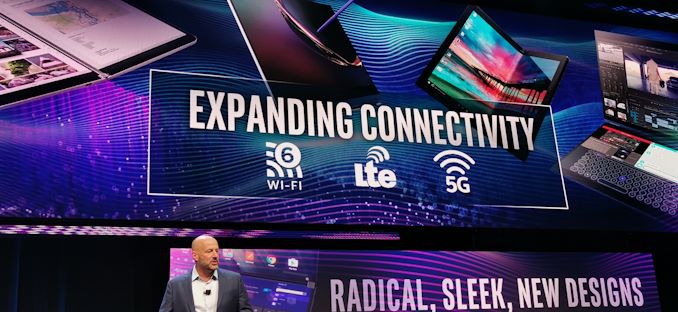
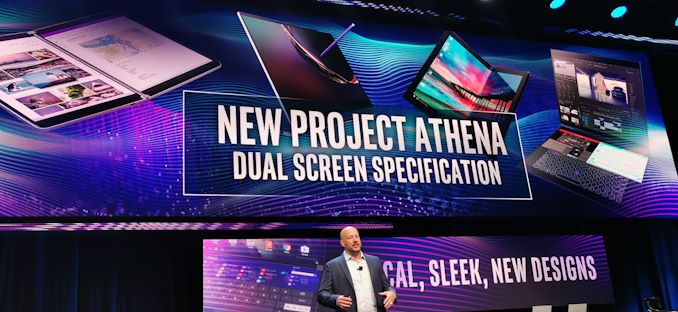
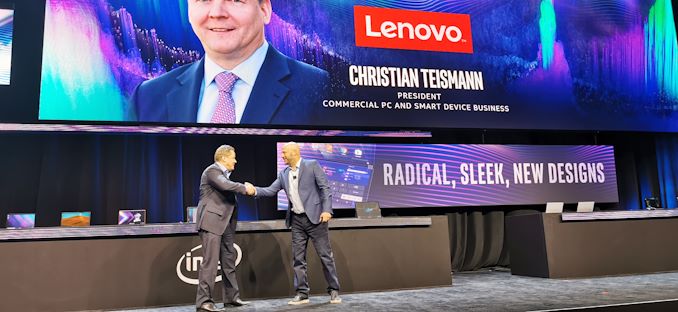
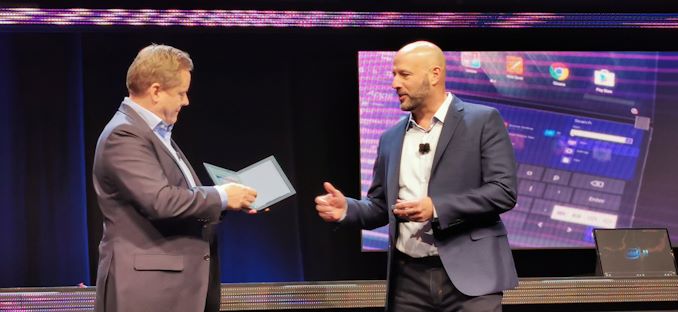
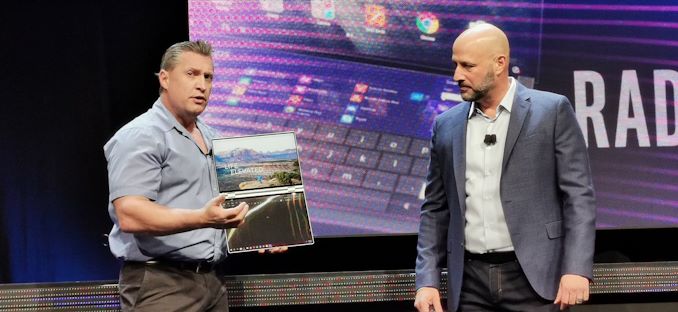
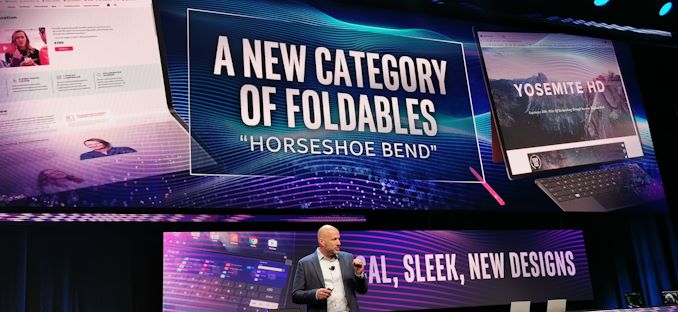

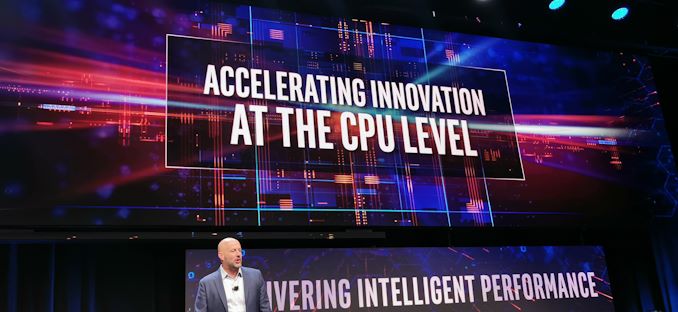
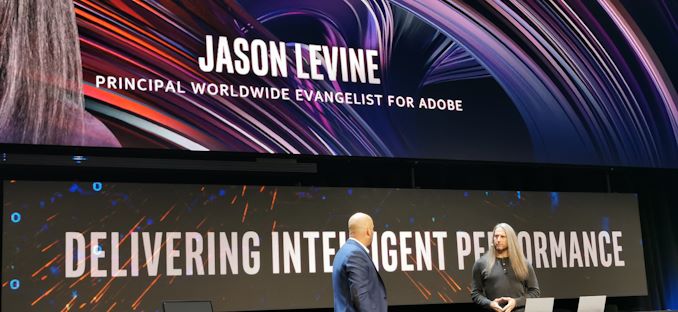
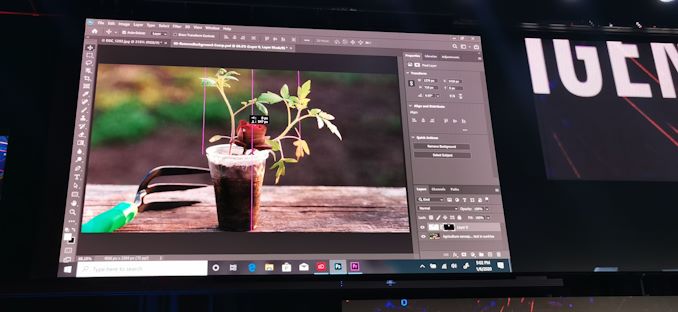
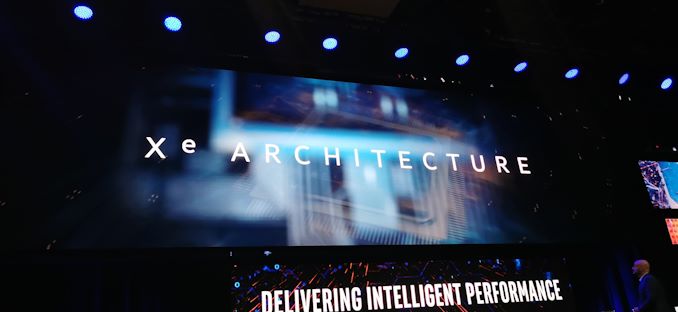

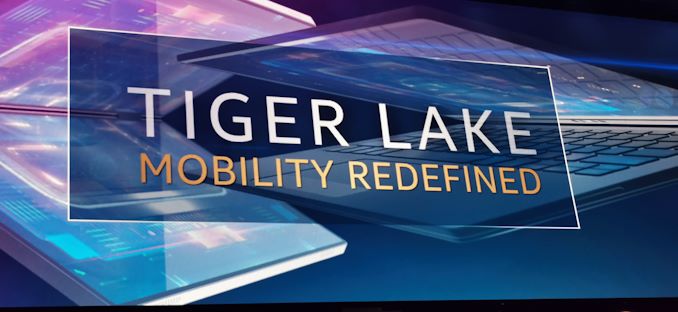

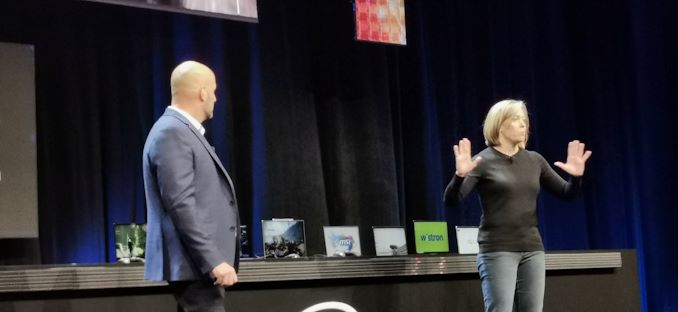
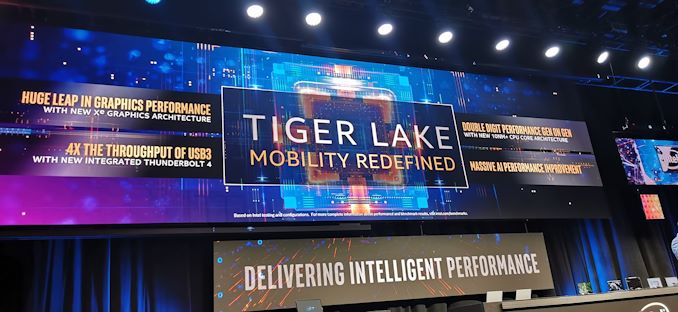








25 Comments
View All Comments
JayNor - Monday, January 6, 2020 - link
The Lenovo X1 Fold uses Lakefield, according to this article. I wonder why they didn't mention it...https://www.tomshardware.com/news/intels-first-3d-...
Alistair - Monday, January 6, 2020 - link
I'm pretty concerned about Intel talking all about AI. As it seemed for nVidia, also Intel, they talk about graphics but actually they want money in the data center from GPUs so we'll continue to see more high prices and poor performance for gaming. RT, DLSS, AI all distractions from genuine improvements for gaming, it is an attempt to use hardware that was made for another purpose seem like it is gaming technology.Like Anandtech said in the previous article: "Tiger Lake is monolithic and the Xe graphics inside will provide full INT8 support for AI workloads (which will be supported through Intel DL Boost). This would be built on the Xe-LP microarchitecture, which is targeting sub-25W power on the GPU. Tiger Lake also continues with AVX-512, but also upgrades the Gaussian Neural Accelerator for voice analysis to GNA 2.0." Lots of stuff that isn't low cost high fps. It's a GPU that isn't for gaming, just like nVidia's recent products.
JayNor - Monday, January 6, 2020 - link
Intel introduced a Ghost Canyon NUC with a GPU slot yesterday ... so the gamers can have whatever GPU they want. They said that Tiger Lake doubles the graphics performance (vs Ice Lake?) and they demoed both DG1 and Tiger Lake's integrated Xe running some game, so looks like Xe does more than ai processing.Spunjji - Tuesday, January 7, 2020 - link
That doesn't at all dismiss the possibility that Xe will end up offering poor performance for the price.Similarly, everyone is assuming they meant double Ice Lake performance, but they just said 10th Gen. Who knows what that's supposed to mean in practice? Will they fix the massive deficit their architecture has in actual games vs synthetics?
tiggers - Monday, January 6, 2020 - link
No word on desktop CPUs? Or did I miss that?Spunjji - Tuesday, January 7, 2020 - link
They have nothing interesting to say. It's variations on 14nm+++ all the way out to the end of 2021 according to their roadmap.hubick - Monday, January 6, 2020 - link
All the things, except the 10nm and PCIe 4.0 we really want lol.And all this AI crap, it's hype and I predict a huge crash.
timecop1818 - Tuesday, January 7, 2020 - link
Nobody gives a fuck about PCIe 4.0. Please give some actual real-life use scenarios where this is needed, thanks.bill44 - Monday, January 6, 2020 - link
Intel did mention new type of conectivity a while ago for tigerlake, hence TB4.TB4 requires PCIe 4.0, therefore Tiger Lake will have PCIe 4.0.
As for TB4, the difficulty will be cableing. Propably optical.
zmatt - Tuesday, January 7, 2020 - link
TB4 is nice to have but for 99% of the user base it doesn't matter. Most people aren't saturating TB3 as things stand and for all the talk of using TB for creative things like external DGPU have still haven't seen a single person in the real world do that.